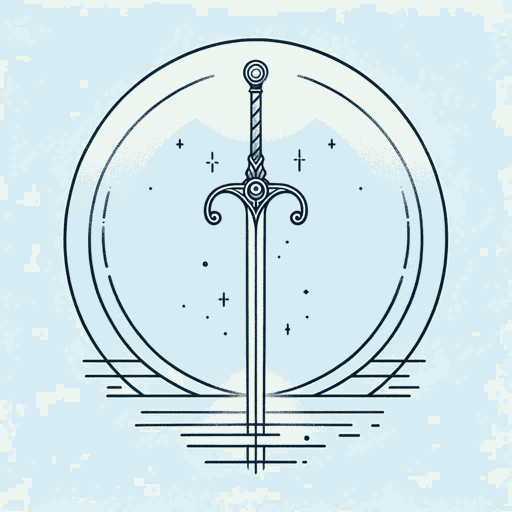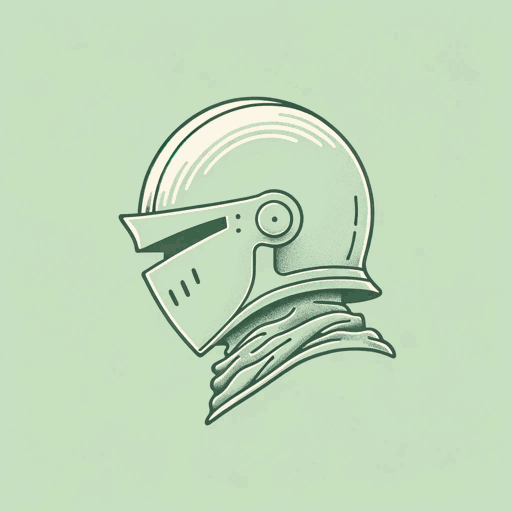84 pages • 2 hours read
Howard PyleThe Story of King Arthur and His Knights
Fiction | Novel | Middle Grade | Published in 1903A modern alternative to SparkNotes and CliffsNotes, SuperSummary offers high-quality Study Guides with detailed chapter summaries and analysis of major themes, characters, and more. For select classroom titles, we also provide Teaching Guides with discussion and quiz questions to prompt student engagement.
Symbols & Motifs
Feasts and Food
Feasts are a common trope, or motif, in many chivalric romances, including Pyle’s Story of King Arthur and His Knights, providing moments where the rhythms of courtly life are disrupted or changed. One positive example of this is a feast celebrating Arthur and Guinevere’s marriage. King Leodegrance and Arthur are “exceedingly expanded with cheerfulness” (166) and the former asks the latter what he wants for a dowry. Merlin suggests the Round Table, and Leodegrance happily concedes. This can be contrasted with a negative example: the “very noble feast” (214) where Vivien slips a “sleeping-potion” (214) in Merlin’s wine. This feast leads to Merlin’s magical imprisonment by Vivien, which makes everyone at Arthur’s court unhappy. In both instances, feasts provide opportunities for characters to meet and interact, facilitating significant plot developments.
Feasts also mark the beginning of quests and moments of resolution. Pyle’s reframing of the traditional Gawaine story places Arthur at the feast with the knight who can survive beheading: in the hall of the knight’s castle, “a multitude of people gathered at a table spread for a feast” (364). It is here that he challenges Arthur, who begins his year-long search for the answer to a riddle.
Related Titles
By Howard Pyle
Featured Collections
Action & Adventure
View Collection
Action & Adventure Reads (Middle Grade)
View Collection
Books that Feature the Theme of...
View Collection
Books that Teach Empathy
View Collection
Challenging Authority
View Collection
Good & Evil
View Collection
Juvenile Literature
View Collection
Loyalty & Betrayal
View Collection
Order & Chaos
View Collection
Power
View Collection



